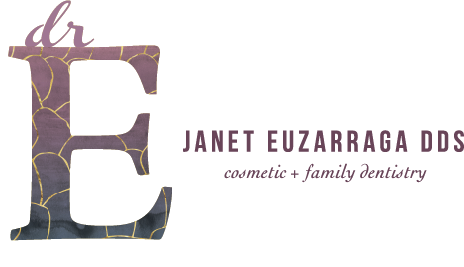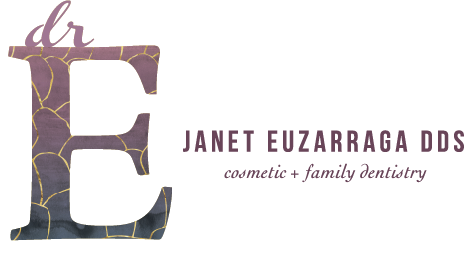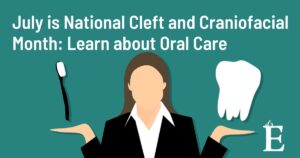July is National Cleft and Craniofacial Month… Learn More Here!
July shines the spotlight on an important oral health issue occurring in one of every 700 births worldwide – orofacial clefts of the lip and palate. In support of National Cleft and Craniofacial Awareness and Prevention Month, the Dr. E Cosmetic and Family Dentistry team aims to educate our patients about clefts of the lip and palate.
What is an Orofacial Cleft?
This condition occurs in utero when a separation takes place in the lip or the roof of the mouth (palate), or both. In some cases, the lip does not completely form, known as cleft lip. A cleft palate happens when the roof of the mouth does not completely close. In some cases, the cleft can extend into the nasal cavity. There are varying degrees of Craniofacial clefts; a cleft can involve either side of the palate, may extend from the mouth to the throat, and may also include the lip.
What Causes an Orofacial Cleft?
There is no single prevailing cause of craniofacial clefts but genetics typically play a major role. In fact, a baby has a higher risk of developing a cleft palate or lip if there is a family history of clefting. Specific gene combinations from one or both parents can cause cleft abnormalities in utero along with a mixture of other potential risks such as prenatal vitamin deficiency, stress and environmental factors. Studies show that the following factors can also increase the risk of a baby developing craniofacial clefts in the womb:
– exposure to infection (such as German Measles)
– tobacco, alcohol and drug use during pregnancy
– a pre-existing health condition such as diabetes
– exposure to certain harsh chemicals during pregnancy
– traumatic injury during prenatal development
The Impact of Orofacial Clefts
It may be scary for parents to learn that their child will be born with a cleft lip or palate. Children with orofacial conditions typically have more difficulty nursing and feeding and they are at a greater risk for hearing issues and impaired language development. They may also have a higher incidence of ear infections and be more vulnerable to dental problems (more on this below)! Fortunately, treatment to repair orofacial clefting is usually very successful via a surgery called palatoplasty, which typically occurs when a baby turns one-year-old. Other therapies to help improve speech may also be necessary as the child grows and develops.
Oral Hygiene and Orofacial Clefts
While oral hygiene should always be introduced early, it is critically important in the care of an infant born with a cleft lip or palate. Studies show that poor oral health can inhibit the treatment of orofacial clefts. For example, misalignments can negatively impact speech therapy while tooth decay can increase the risk of oral infections during cleft treatments. Because the need for proper oral hygiene is amplified in cases of orofacial clefts, a dentist should always be an important member of the baby’s cleft care team. The dentist will work closely with other care professionals to help evaluate any dental issues relating to the clefting and to ensure successful outcomes during each stage of the baby’s comprehensive cleft care.
We hope the above information helps shed some light on orofacial cleft conditions during National Cleft and Craniofacial Awareness and Prevention Month. If you would like to learn more, we encourage you to visit this link.
Remember, we’re always here to address your dental questions and concerns! Please contact the Dr. E Cosmetic and Family Dentistry team at any time: 480-494-2435


